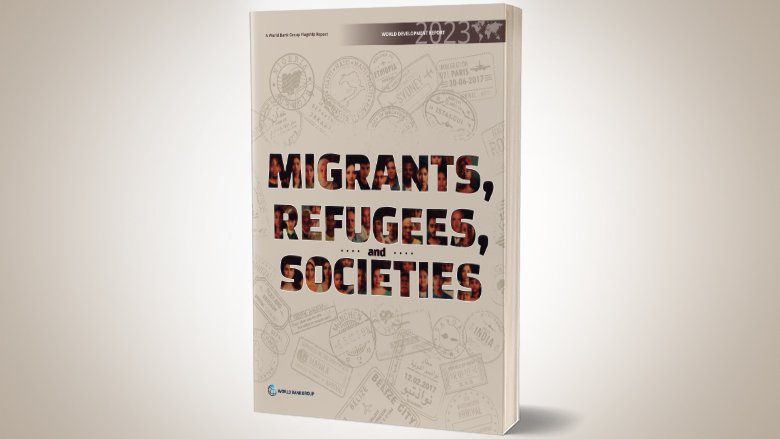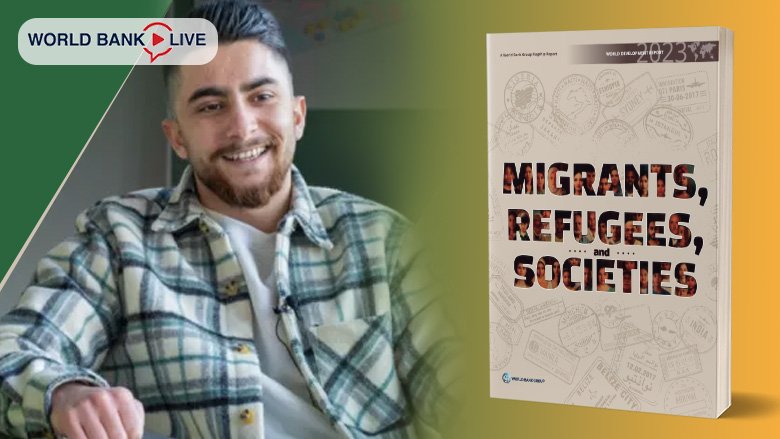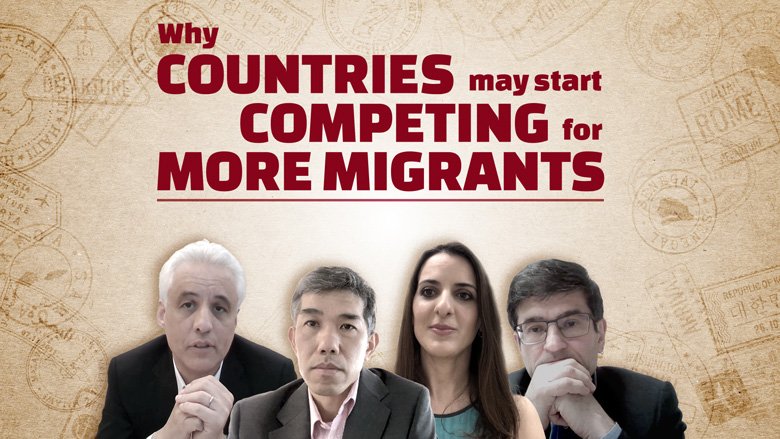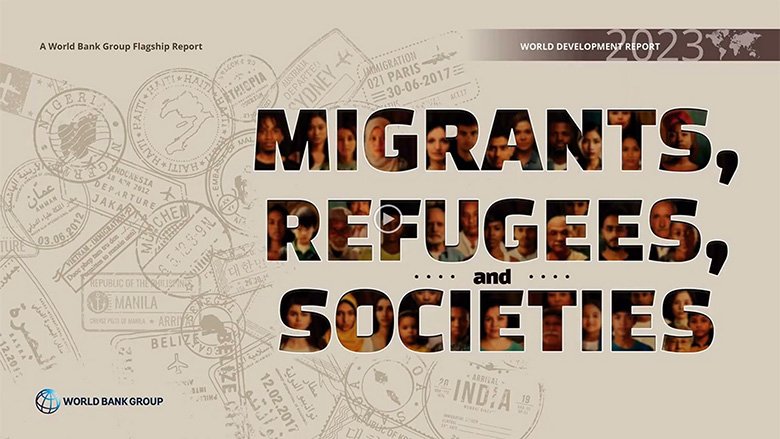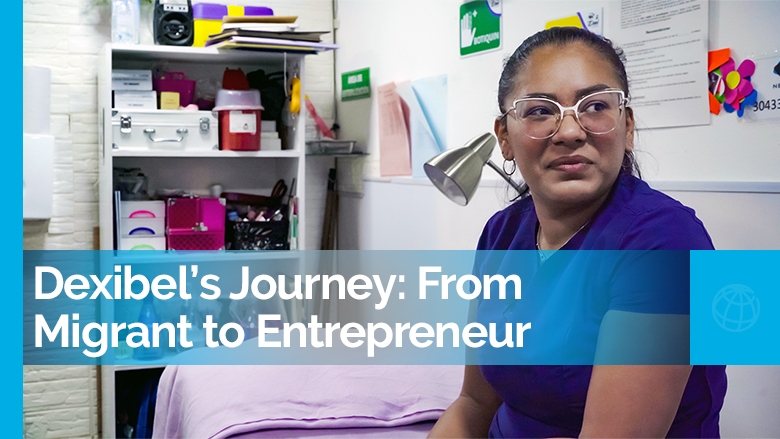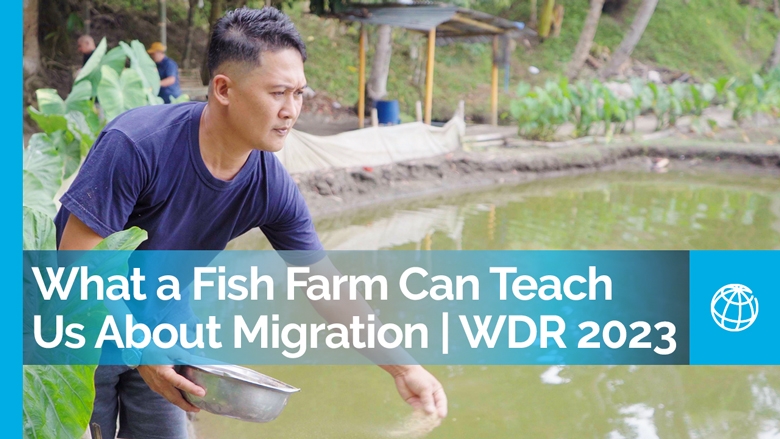MODULE DESCRIPTION
How can migration lift people out of poverty? There has been an increasing interest in this question. While much of the focus has been on remittances, migration involves a lot more than money transfers. But trying to identify the impact of remittances on households (or any other benefit from migration) is challenging. After all, migrants are a self-selecting group: households without migrants are likely quite different from those with migrants with which they are often compared. Estimating the impacts of migration therefore requires thinking about who chooses to migrate, and how to evaluate what would have happened had this person or household not migrated. This module will provide a comprehensive overview of the methodological assessments of the impacts of migration and it will address the challenge of identifying these microeconomic impacts. Specifically, the course will discuss the various channels through which migration has a measurable impact on the migrant household, the key obstacles to being able to attribute effects to migration itself, and different empirical methods that can be used to identify the impacts of migration.
LEARNING OBJECTIVES
Upon completion of this module, participants should be able to:
- Be able to critically analyze research papers, policy reports, opinion pieces and news article on migration that aim to establish causal relationships.
- Know multiple potential methods of identifying the impacts of migration and the strengths and weaknesses of each.
- Be able to summarize a body of papers or reports with the appropriate level of caution when it comes to attributing impacts.
- Be able to design and implement an evaluation of the impact that migration has had on either the migrants and refugees themselves, their origin communities, or their hosts.
AGENDA AND OUTLINE OF LECTURES
The module aims to provide an overview and critical assessment of the different methods used in the literature to estimate the impact of migration on development outcomes. It will largely take a micro perspective and consider both experimental and non-experimental methods for establishing causal relationships. The module consists of 7 two-hour lectures over 2 days.
A synthetic agenda is provided below:
- Overview of the literature on impacts of migration
- Introduction to the challenges of causal attribution
- Measuring impact using observational data
- Instrumental variables
- Experimental evidence
- Application: Design of an evaluation
Lecture 1: Overview of the literature on impacts of migration
This first lecture will review the literature on impacts of migration on migrants, origin, and destination communities. It will highlight what evidence has been produced to date and identify gaps.
Mandatory reading:
- 2023 WDR “Migrants, Refugees, and Societies”, Chapters 4, 5, and 6.
Additional reading:
- Clemens, Michael, Claudio Montenegro and Lant Pritchett (2019) “The Place Premium: Wage Differences for Identical Workers Across the U.S. Border”, Review of Economics and Statistics 101(2).
- McKenzie, David, John Gibson, and Steven Stillman (2010) “How Important is Selection? Experimental Vs Non-experimental Measures of the Income Gains from Migration. Journal of the European Economic Association, 8(4): 913-45.
Lecture 2: Introduction to the challenges of causal attribution
Using examples, the lecture will sensitize the audience to the issue of causal attribution (also called identification). By going over influential studies on the impacts of migration, the participants will discuss what assumptions need to be made in order to make causal interpretations. It will discuss the reasons why identification issues arise, and some attempts to deal with this, looking at both good and bad examples.
Mandatory reading:
- 2023 WDR “Migrants, Refugees, and Societies”, Spotlight 3.
Additional reading:
- Adams, Richard and John Page (2005) “Do International Migration and Remittances Reduce Poverty in Developing Countries?”, World Development 33(10): 1645-69.
- Beegle, Kathleen, Joachim de Weert and Stefan Dercon “Migration and Economic Mobility in Tanzania: Evidence from a Tracking Survey”, Review of Economics and Statistics, August 2011. 93(3): 1010–1033
Lecture 3: Measuring impact using observational data
This part of the module will look at several non-experimental methods that are common in other evaluation settings but used less in migration work. We will discuss how data limitations make it hard to establish the conditions needed for difference-in-differences in many settings, what is needed for propensity score matching to be somewhat credible, and the limited use of regression discontinuity approaches.
Mandatory reading:
- McKenzie, David and Dean Yang (2022) “Field and Natural Experiments in Migration”, prepared for Handbook of Research Methods on Migration, Second edition.
Additional reading:
- Clemens, Michael and Erwin Tiongson (2017) “Split Decisions: Family finance when a policy discontinuity allocates overseas work”, The Review of Economics and Statistics 99(3), 531–543
- Gibson, John and David McKenzie (2014) “The Development Impact of a Best Practice Seasonal Worker Policy”, Review of Economics and Statistics, 96(2): 229-43.
- McKenzie, David, Caroline Theoharides and Dean Yang (2014) “Distortions in the International Migrant Labor Market: Evidence from Filipino Migration and Wage Responses to Destination Country Economic Shocks”, American Economic Journal: Applied Economics, 6(2): 49-75.
Lecture 4: Instrumental variables
Many papers in the literature attempt to use instrumental variables to identify the impact of migration. We will discuss what is needed for an instrument to be valid, where many papers go wrong, and what is identified. Examples of good and bad instruments to be discussed will include Bartik (shift-share), distance, rainfall shocks, recent networks, historic networks, oil price shocks, labor market shocks at destination, exchange rate shocks, media influence, and other examples.
Mandatory reading:
- McKenzie, David and Dean Yang (2022) “Field and Natural Experiments in Migration”, prepared for Handbook of Research Methods on Migration, Second edition.
Additional reading:
- Gaurav Khanna, Emir Murathanoglu, Caroline Theoharides, and Dean Yang (2022) “Abundance from Abroad: Migrant Income and Long-Run Economic Development”
- McKenzie, David and Hillel Rapoport (2007) “Network effects and the dynamics of migration and inequality: theory and evidence from Mexico”, Journal of Development Economics, 84(1): 1-24.
Lecture 5: Experimental evidence
The use of randomized experiments has grown recently in migration economics. We will discuss examples using both migration lotteries and researcher-run experiments, and how to design such an experiment in practice.
Mandatory reading:
- McKenzie, David and Dean Yang (2022) “Field and Natural Experiments in Migration”, prepared for Handbook of Research Methods on Migration, Second edition.
Additional reading:
- McKenzie, David (2015) “Learning About Migration Through Experiments”, pp. 68-82 in Christian Dustmann (ed.) Migration: economic change, social challenge. Oxford University Press, Oxford, UK.
- Bryan, G., S. Chowdhury, and A. M. Mobarak (2014). Underinvestment in a Profitable Technology: The Case of Seasonal Migration in Bangladesh. Econometrica 82, 1671-1748.
Lectures 6 and 7: Application: Design of an evaluation
This final lecture (4 hours) is tailored to the context in which the module will be delivered. The lecture will be organized as a group discussion to recap module material and develop an analysis plan to evaluate the impact of migration and migration policies in the specific context relevant to course participants.
Groups will prepare analysis plans and present them to fellow participants for comments and further discussions.


